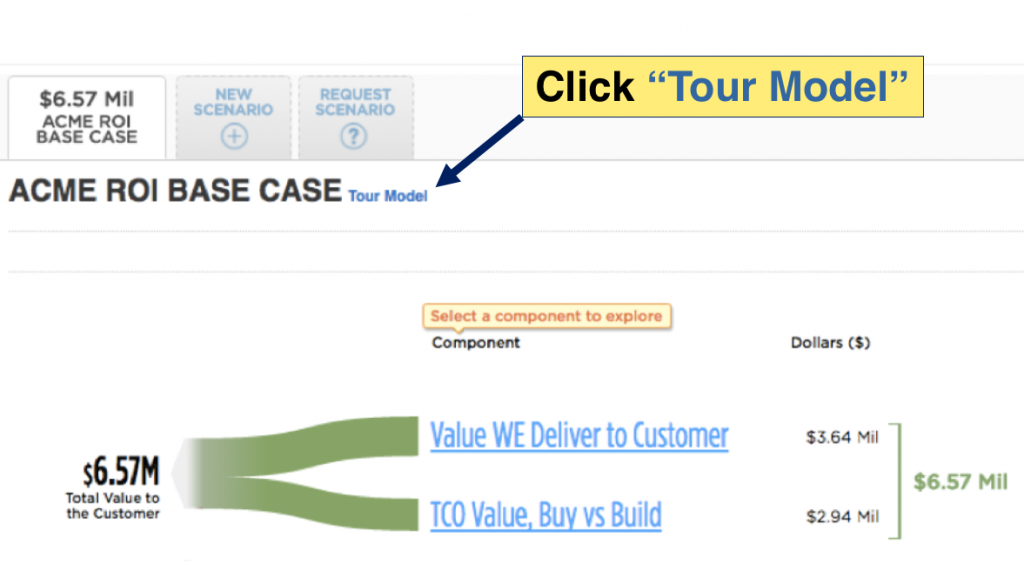Now that the candidates for the U.S. Presidential election are set, writers are returning to the topic of the vacant seat on the Supreme Court, the seat for which President Obama has nominated Merrick Garland, Chief judge of the US Court of Appeals for the District of Columbia. As you know, the Senate has refused to schedule an “up” or “down” vote on his nomination, leaving Garland in the strange limbo of no decision.
Humans crave closure. Few things frustrate us more than not knowing one way or the other.
“No decision” is “no bueno”
If you’re in sales, your success depends on velocity: How quickly can you move deals down the funnel to closure, to either “Closed Won” or “Closed Loss.” Rinse. Repeat. Or to put in another way: “Always Be Closing.”
Lots of leads in the limbo of “no decision” is more than frustrating: It can kill your number.
Yet that’s where the vast majority of enterprise deals end up: No decision. In our webinar (click here for the replay) last week Larry Gorkin discussed a study that revealed that most deals simply go no where. My own research at The Levy Group showed that most enterprise sales teams win about 15-20%, lose about 15-20% and the rest stall at “no decision.”
Think about that: 60-70% of your new sales revenue is just sitting there…kind of like Judge Garland waiting for an up or down vote.
There are several reasons for “No Decision”; but, one of the top four identified in a Gartner study is “Concerns about ROI.” Yeah, yeah, yeah, your website has an ROI calculator and you and your sales team put together a quick little Excel model that calculates the expected return of your solution.
Problem is…no one believes it. Those website calculators always return a positive result, and the prospect knows that your model is basically a black box that skews the results towards a positive ROI.
You have to do things differently.
Open up the black box: Share your model with your prospect.
- Let them challenge your assumptions.
- Let them change the data.
- Let them propose their own scenarios.
How? You could send the Excel file or set up a working session of some kind.
Or you could try the Trefis Interactive Experience.
To see how it works, review this hypothetical ROI model for ACME and click on “Tour Model.”
In this example, ACME, the seller, demonstrates the value of its solution based on a few parameters. What’s behind this experience is a relatively sophisticated ROI model (8 tabs, more than a hundred lines) that has been transformed by our technology into the visual interactive format you see.
Make your own scenarios
Go ahead. Explore.
- Expand the branches.
- Drag the trend lines.
- Change the assumptions.
Each time you do, you create another new scenario in one of the tabs at the top of the screen.
Use the Trefis Interactive Experience to analyze multiple scenarios with your client during the next sales meeting. When you share your ROI assumptions with the client, you establish a level of transparency, trust and credibility that otherwise may not emerge.
And you’ll get out of the limbo of no decision; better yet, you’ll increase your chances of getting an “up” vote.
Read about our Value Selling Solution.




